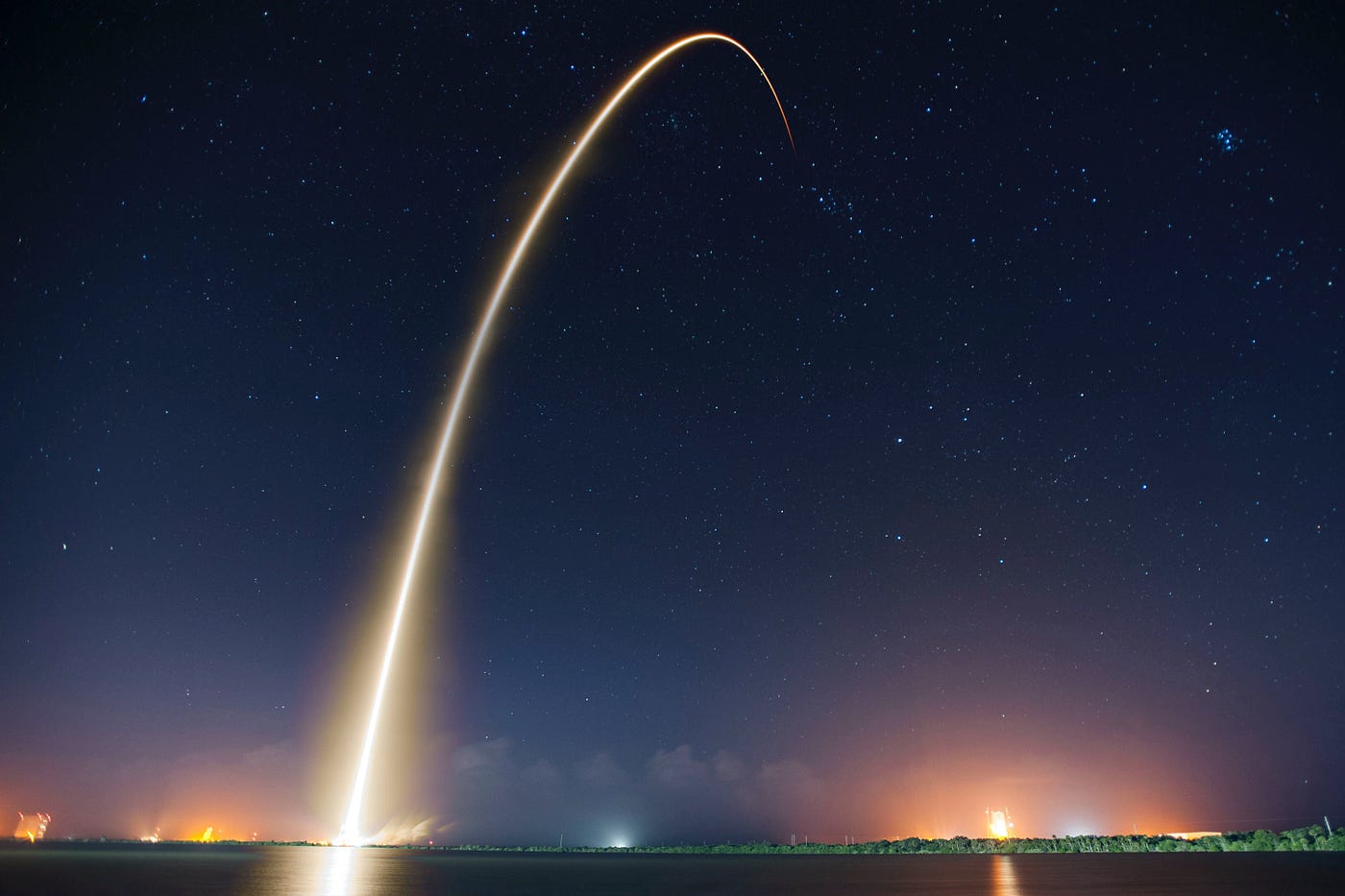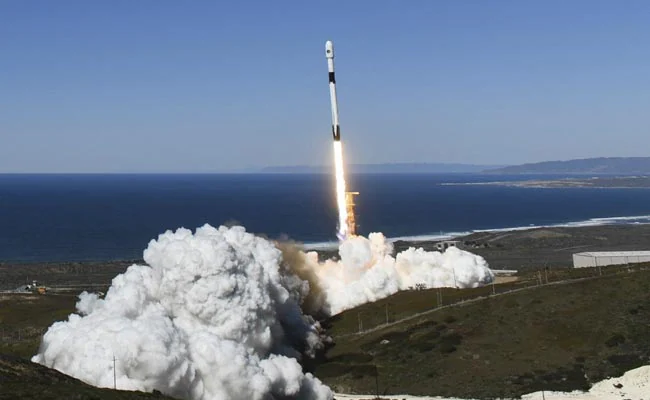Elon Musk’s SpaceX rocket Falcon 9 pierced the ionosphere of our planet’s atmosphere. On July 19, SpaceX launched the rocket from the Vandenberg Air Force Base in California. The ionosphere is a region of space that is loaded with charged particles like ions and extends 50 to 400 miles above the surface. This area is essential in the formation of auroras during geomagnetic storms because solar plasma combines with ions, resulting in beautiful colours in the sky.
The ionosphere of Earth, according to the National Aeronautics and Space Administration (NASA), spans the top of the atmosphere and the very beginning of space. This space border is precisely where several of our earth-orbiting spacecraft, including the International Space Station, are located. Falcon 9 is the world’s first orbital-class reusable rocket, intended to reliably and securely deliver people and payloads into Earth’s orbit and beyond, according to the company’s official website. Falcon 9 has made 240 launches and 198 landings thus far.

The high-speed Falcon 9 rocket created a tiny red glow in the sky over Flagstaff, Arizona, indicating the development of a hole in the ionosphere, a component of the 10,000-kilometer-thick atmosphere. According to Jeff Baumgardner of Boston University, this is a well-studied phenomenon that occurs when a rocket runs its engines 200-300 kilometres (approximately 120-190 miles) above the earth’s surface.
Baumgardner analysed the launch tape and asserts that the second-stage engine was fired at 286 km or 178 miles around the F-region peak during the day. As a result, a hole in the ionosphere is feasible. This is not the first time Elon Musk, the founder of SpaceX, has caused environmental damage. As per Science Times, a Falcon 9 rocket launched from Vandenberg Space Force Base on August 24, 2017, experienced a similar effect. Because of its tiny payload, the rocket had shot vertically into the atmosphere, causing shockwaves and rupturing the atmosphere’s ionosphere as it departed. With its launch on June 19, 2022, Elon Musk’s Falcon 9 will do the same thing.
For more such updates, keep reading techinnews



